Features > Property News & Insights > Market updates
Australia’s fastest and slowest-growing regions revealed
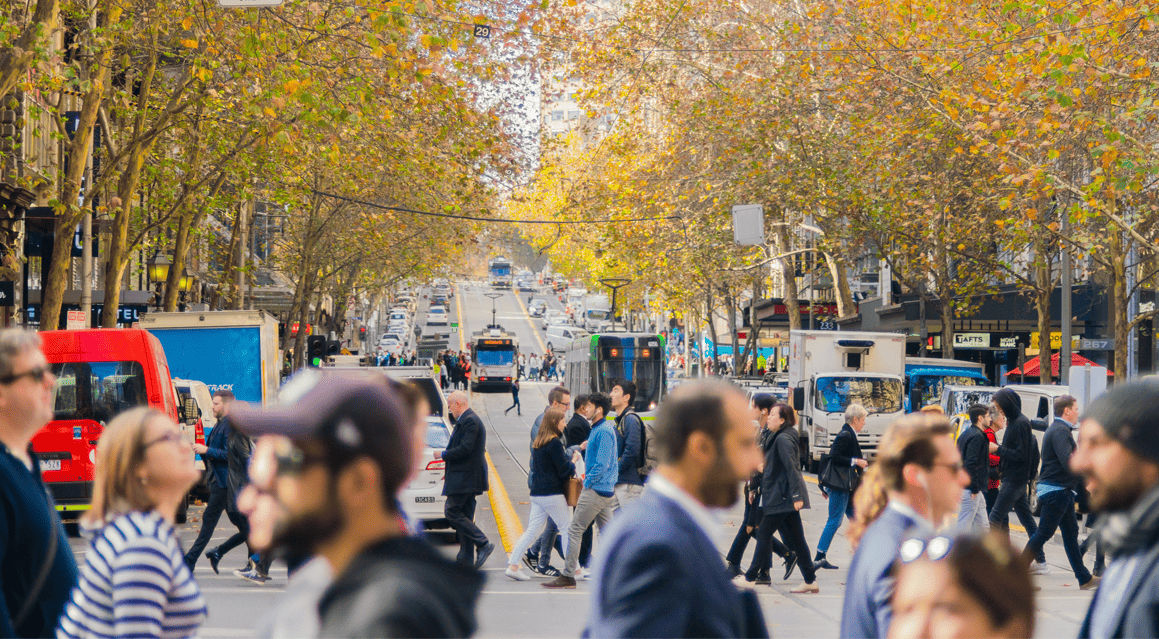
KEY POINTS
- Australia's population grew by over 541,000 people in 2023–24, largely due to high net overseas migration (accounting for 80% of growth)
- Nearly 80% of annual population growth occurred in capital cities, especially in Melbourne, Perth and South-East Queensland
- Melbourne’s CBD and the Melton area in the city’s outer west were the nation’s two fastest-growing LGAs for population growth, with parts of Perth close behind
New data from Australia’s official statistician puts the spotlight on the regions of Australia under pressure from strong population growth, with areas of outer Melbourne, Perth and South-east Queensland seeing some of the biggest gains.
Net overseas migration currently accounts for 80% of population growth.
While overseas migration has slowed in the last year, it still remains high in historical terms, putting further strain on an already undersupplied housing market.
The data is vital for property investors looking to take advantage of areas with strong population growth rates, both from a capital growth and rental yield perspective.
Strong population growth from overseas migration
The latest data for the 2023/24 financial year shows that Australia's population stood at 27,194,369 on the 30th of June 2024.
That figure is a stunning 541,592 people higher than 12 months earlier, driven by continuing high overseas migration and low emigration.
It’s the second-largest annual population growth ever recorded in Australia, following 2022/23's record.
While there are some indications that overseas migration slowed late last year and in early 2025, it still remains high in historical terms.
The Albanese government has a stated goal to slow migration to 250,000 this financial year, but it has already admitted this target is unlikely to be met.
Demographics and forecasting consultancy, Informed Decisions or .id provides strategic advice to local governments around Australia, helping them plan infrastructure and services for growing populations.
Based on its observations, .id believes that the “Net Overseas Migration” number for this financial year will be closer to 355,000, putting even greater pressure on housing and infrastructure than initially thought.
Regional breakdown
So, where are the places seeing the biggest gains from this population surge?
The Australian Bureau of Statistics’ latest “Regional Population” data release breaks this down clearly.
It shows that just under 80% of this population growth is concentrated in Australia’s capital cities, which grew by 427,800 people (2.4%) in 2023-24.
This growth consisted of overseas migration (373,000), natural increase (89,500) and internal migration (-34,600).
Melbourne had the largest increase by raw numbers with a gain of 142,600, while Perth had the highest growth rate (3.1%), adding 72,742 people.
This is hardly surprising when you consider most new migrant arrivals in Australia will elect to settle in a capital city because of access to work, study and existing community links.
Hobart had the slowest growth of all the capitals, adding less than 1,000 people to its population.
When you break this down further into Local Government Areas or LGAs - clear trends emerge.
“The fastest growing areas in Australia reflect the high growth of our capital cities, particularly the fringes of our cities,” says .id’s Census Expert Glenn Capuano.
“Victoria has 3 of the top 10, with WA having 6 and one in NSW.”
“All of these, bar Gingin and Dandaragan, are in capitals, and Gingin is only just beyond the outskirts of Perth.
“Number 1 is Melton, on Melbourne's western outskirts, while Number 2 is the City of Melbourne itself, which was the fastest growing in the previous year, dropping only one spot, with an influx of migrants and students back to the city after COVID caused significant migration out,” he says.
The 4th fastest growing LGA is also in Victoria.
It’s Mitchell Shire, just to the north of Greater Melbourne’s urban area and includes the rapidly expanding commuter towns of Beveridge, Broadford, Kilmore, Seymour and Wallan.
The briskly growing Camden area on Sydney’s south-western outskirts was the only entry in the Top 10 from New South Wales.
If you look at LGAs by the growth in raw population numbers rather than growth rates, Queensland springs to the top, primarily because of the size of the “mega-LGAs” of Brisbane and the Gold Coast.
While LGAs on the outskirts of some of our major cities are experiencing rapid population growth, some rural areas are seeing a decline in population, albeit relatively small.
“The list includes a mix of cities in Tasmania that are experiencing population returning to the mainland, and rural areas in western and northern Victoria that have experienced long-term population decline,” .id’s Glenn Capuano says.
“A notable inclusion is Lismore in NSW, which has been affected heavily by flooding in recent years.”
Stay Up to Date
with the Latest Australian Property News, Insights & Education.




.png?width=292&height=292&name=Copy%20Link%20(1).png)
 SIGN UP FOR FREE NEWSLETTER
SIGN UP FOR FREE NEWSLETTER
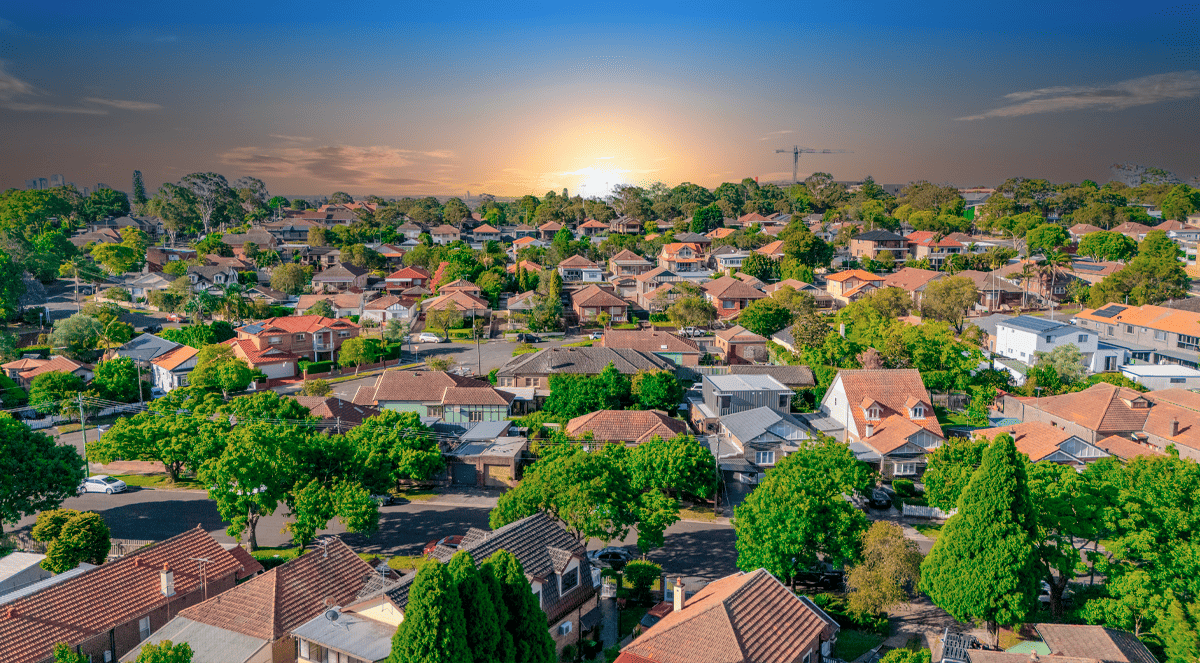
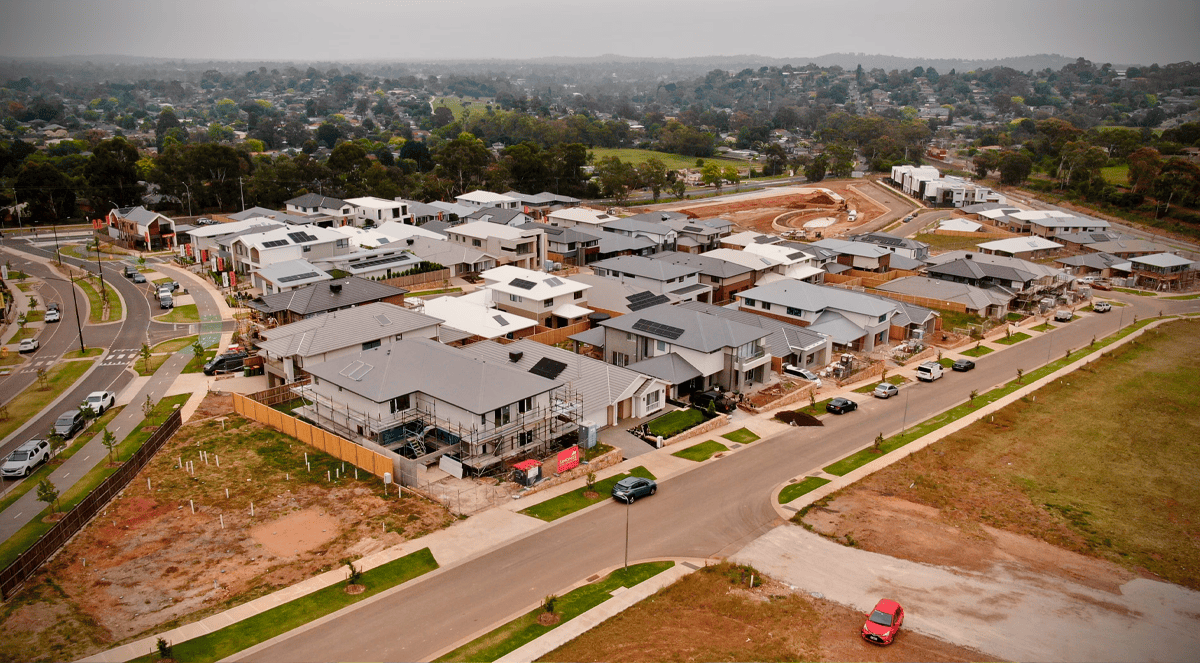
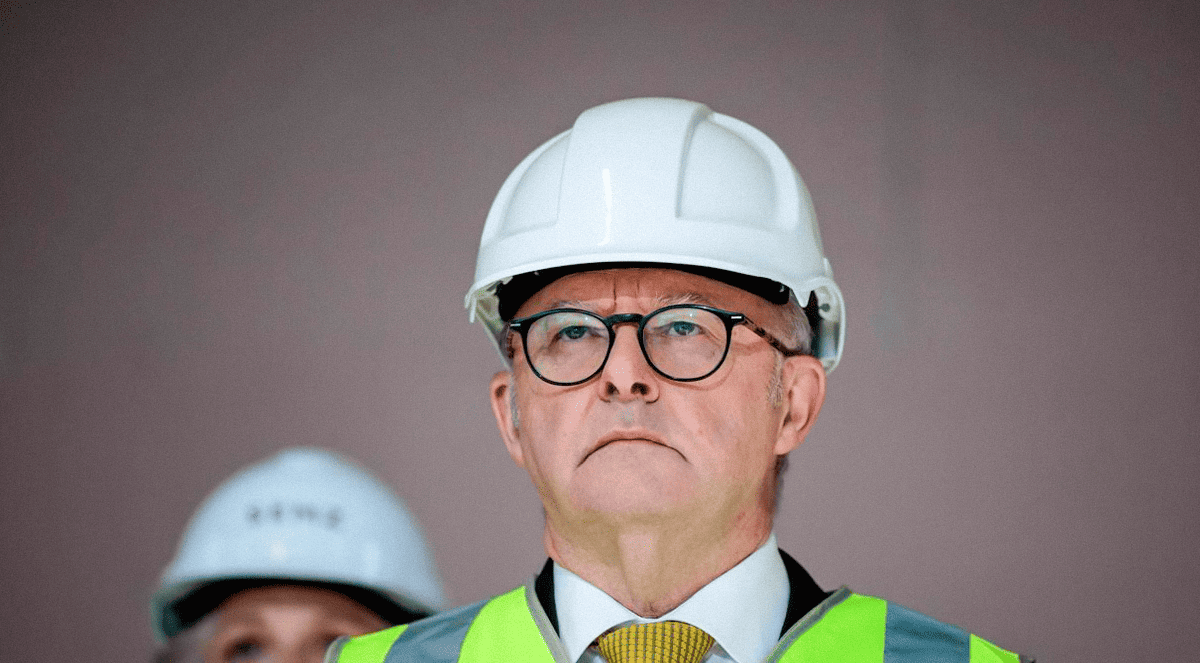
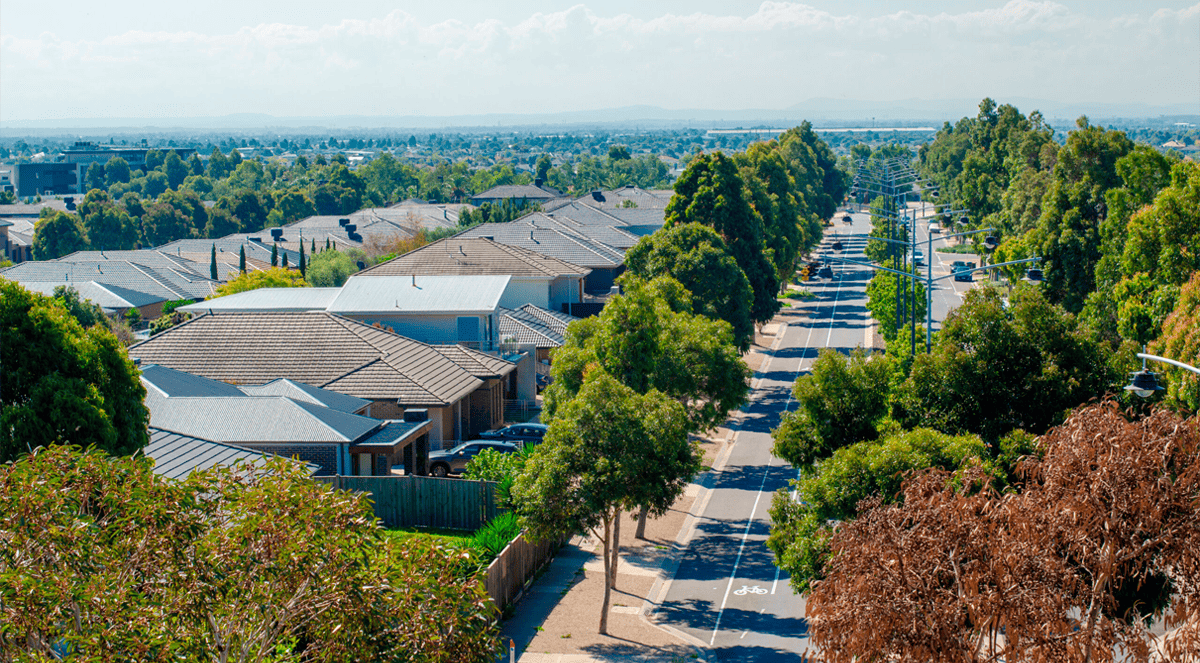
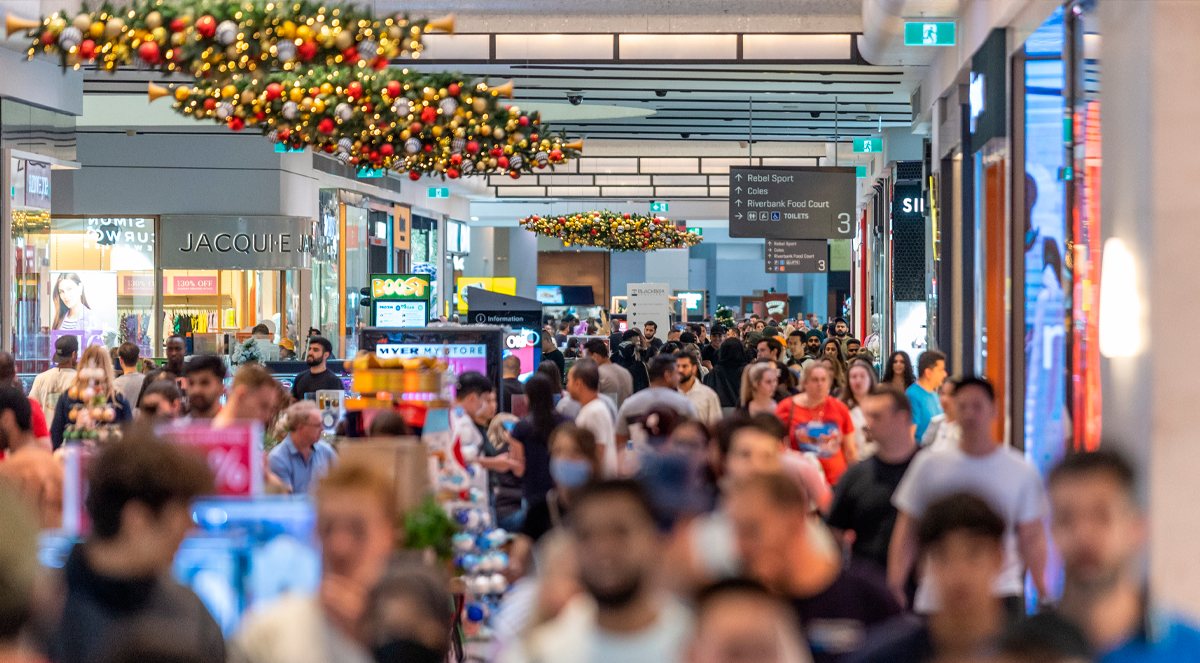
.jpg?width=1920&height=1080&name=Warning%2c%20You%20Might%20Be%20Facing%20Higher%20Taxes%20Soon%20(1).jpg)





.png?width=1920&height=1080&name=Rate%20Drops%20Signal%20BIGGEST%20Property%20Boom%20in%20DECADES%20(1).png)

.jpg?width=1920&height=1080&name=Labor%20vs%20Liberal%20These%20Housing%20Policies%20Could%20Change%20the%20Property%20Market%20Forever%20(1).jpg)
.jpg?width=1920&height=1080&name=QLD%20Slashes%20Stamp%20Duty%20Big%20News%20for%20Investors%20%26%20Home%20Buyers%20(1).jpg)
.jpg?width=1920&height=1080&name=Trump%20Just%20Slapped%20Tariffs%20%E2%80%93%20Here%E2%80%99s%20What%20It%20Means%20for%20Australia%20(1).jpg)
.jpg?width=1920&height=1080&name=Federal%20Budget%202025%20More%20Debt%2c%20No%20Housing%20%E2%80%93%20Here%E2%80%99s%20What%20You%20Need%20to%20Know%20(1).jpg)
.jpg?width=1920&height=1080&name=Australias%20Housing%20Crisis%20is%20about%20to%20get%20MUCH%20Worse%20(New%20Data%20Warns).jpg)
%20(1).jpg?width=1920&height=1080&name=Australias%20RENTAL%20CRISIS%20Hits%20ROCK%20BOTTOM!%20(2025%20Update)%20(1).jpg)
%20(1).png?width=1920&height=1080&name=Is%20Adelaide%20Still%20a%20Good%20Property%20Investment%20(2025%20UPDATE)%20(1).png)
.jpg?width=1920&height=1080&name=RBA%20Shocks%20with%20Rate%20Cuts!%20What%E2%80%99s%20Next%20for%20Property%20Investors%20(1).jpg)
%20(1).jpg?width=1920&height=1080&name=I%20Predict%20The%20Feb%20Rate%20Cut%20(My%20Price%20Growth%20Prediction)%20(1).jpg)
.png?width=1920&height=1080&name=Why%20Property%20Prices%20Will%20Rise%20in%202025%20Market%20Predictions%20(1).png)
.jpg?width=1920&height=1080&name=Why%20Investors%20Are%20Choosing%20Apartments%20Over%20Houses%202%20(1).jpg)
.jpg?width=1920&height=1080&name=Why%20Rate%20Cuts%20Will%20Trigger%20A%20Property%20Boom%20(1).jpg)
.jpg?width=1920&height=1080&name=Retire%20On%202Million%20With%20One%20Property%20(Using%20SMSF).jpg)
.jpg?width=1920&height=1080&name=4%20Reasons%20Why%20You%20Should%20Invest%20in%20Melbourne%20Now%20(1).jpg)
%20(1).jpg?width=1920&height=1080&name=Old%20Property%20vs%20New%20Property%20(Facts%20and%20Figures%20Revealed)%20(1).jpg)
%20(1).jpg?width=1920&height=1080&name=Will%20The%20New%20QLD%20Govt%20Create%20a%20Property%20Boom%20or%20Bust%20(My%20Prediction)%20(1).jpg)
%20Scott%20Kuru%20(1).jpg?width=1920&height=1080&name=Inflation%20Hits%20Three-Year%20Low%20(Will%20RBA%20Cut%20Rates%20Soon)%20Scott%20Kuru%20(1).jpg)
.jpg?width=1920&height=1080&name=How%20to%20Buy%20Investment%20Property%20Through%20SMSF_%20The%20Ultimate%20Guide%20(1).jpg)
.jpg?width=1920&height=1080&name=Victoria%20Slashes%20Stamp%20Duty%20Melbourne%20Set%20to%20Boom%20Scott%20Kuru%20(1).jpg)
.png?width=1571&height=861&name=Are%20Foreign%20Buyers%20Really%20Driving%20Up%20Australian%20Property%20Prices%20(1).png)
.jpg?width=1920&height=1080&name=The%20Single%20Factor%20That%20Predicts%20Property%20Growth%20Regions%20(1).jpg)
%20Scott%20Kuru%20(1).jpg?width=1920&height=1080&name=My%20Prediction%20On%20Rates%20%26%20Negative%20Gearing%20(Market%20Crash)%20Scott%20Kuru%20(1).jpg)

-1.png?width=1920&height=1080&name=Major%20Banks%20Cut%20Rates%20Will%20RBA%20Follow%20Suit%20(Sept%20Rate%20Update)-1.png)
%20Scott%20Kuru-1.png?width=1920&height=1080&name=Rate%20Cut%20Coming%20What%20New%20Zealands%20Move%20Means%20for%20Australia%20(Sept%20Prediction)%20Scott%20Kuru-1.png)
%20(1).jpg?width=1920&height=1080&name=Buy%20when%20the%20interest%20rates%20are%20high!%20(Why%20you%20must%20buy%20now!)%20(1).jpg)
.jpg?width=1920&height=1080&name=Carms_Revised%20Taxes%20Due%20Aug%209%20YT%20Thumbnail02%20(1).jpg)
.jpg?width=1920&height=1080&name=Carms_Too%20Little%20Too%20Late%20Aug%207%20YT%20Thumbnail01%20(1).jpg)









.jpg?width=1920&height=1080&name=Carms_Rate%20Drop%20In%20July%20Jun%2010%20YT%20Thumbnail02%20(1).jpg)
.jpg?width=1920&height=1080&name=Carms_Own%20a%20Property%20V6%20Jun%205_YT%20Thumbnail%20(1).jpg)









.png?width=1920&height=1080&name=Artboard%201%20(3).png)






.jpg?width=1920&height=1080&name=YT%20thumbnail%20%20(1).jpg)

